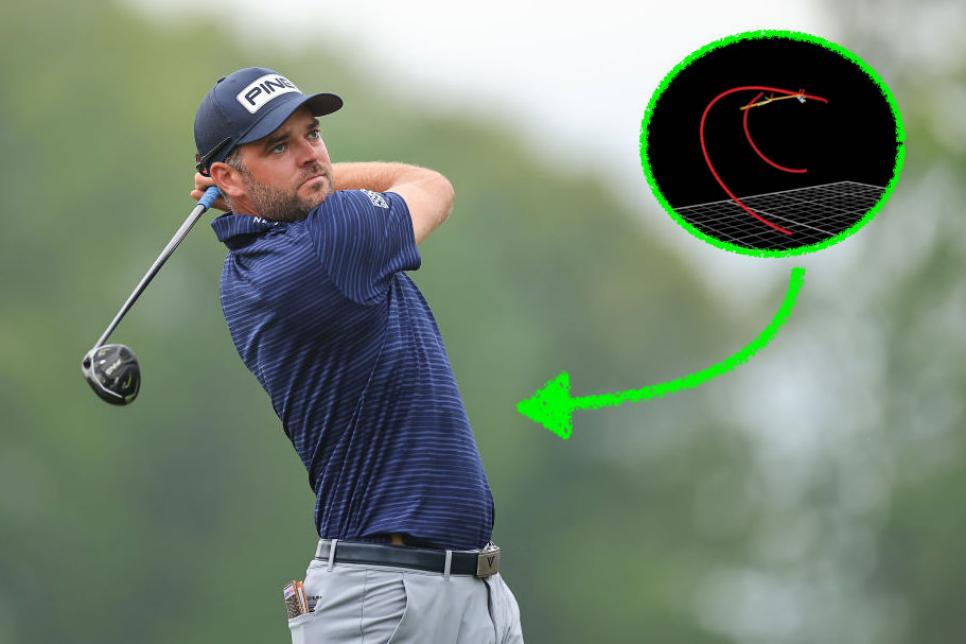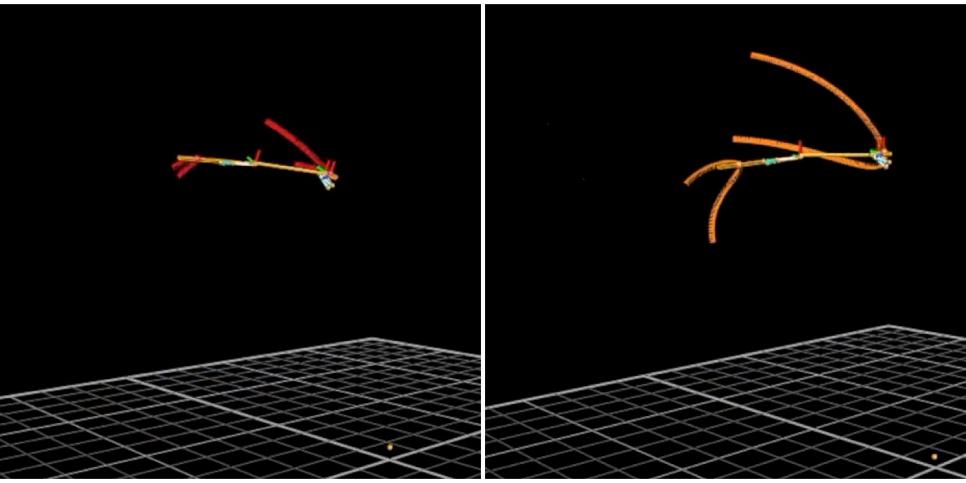Silky Smooth
PGA Championship 2023: The interesting science behind Corey Conners' silky smooth golf swing tempo

Michael Reaves
On a cold, wet, and otherwise miserable weather day around the testing Oak Hill Country Club, Corey Connors offered some rather pleasant viewing. The sole leader for most of the day, the Canadian who ranks 10th in Greens in Regulation on tour, went from fairway to green, over and over again.
He made it look rather simple on a day that was most definitely not, and with a golf swing tempo that looked smooth as butter.
Tempo has always been a key ingredient to Conners' game. It has been since he was a kid, he told me last year. His father taught him to play golf and, not versed in much beyond the basic fundamentals, emphasized good golf swing tempo instead of stressing over other technicalities.
“My dad really helped engrain it into me: Have good tempo, and hit the ball in the middle of the clubface. Giving yourself a little extra time to collect things and then unwind will give you your best chance of hitting a good shot.”
One way the pair would work on this was to make swings with an exaggerated pause at the top of the backswing, Conners said. Backswing, pause, wait, downswing.
It was all very feel-based. It was only years later that Conners found out the science behind it.
Backswing, pause, downswing
When PING, Conners' club sponsor, measured his and other tour players on their staff using their advanced 3D system ENSO, they found that Conners' backswing was almost exactly one second long — 0.937 seconds, to be exact.
And not just that: PING also found that when they analyzed what forces Conners' was applying to the golf club during the swing, they found a remarkably clean split between his backswing and downswing.
Whereas other players begin pulling the club down with their arms as the club is still setting on the backswing, giving their golf swing a faster one-quick-motion look (think Jon Rahm), Conners comes to a near complete stop. His arms and club move back together, stop together, then move down together.
You can see how Conners' golf swing compares to Viktor Hovland in the images below. The longer the lines, the more force is being applied to the club. Whereas Hovland's club and hands are rapidly transitioning from backswing to downswing, Conners' has come to a near complete stop by this point.

The end result is a golf swing tempo that, in purely subjective terms, is pleasing on the eyes. It looks smooth and connected. And it could soon have a major to show for it.